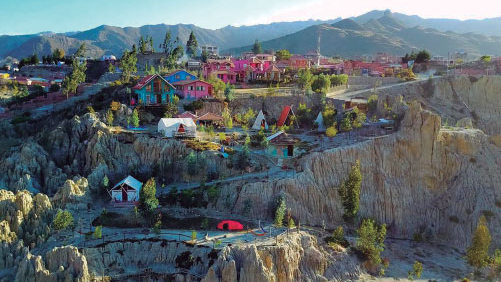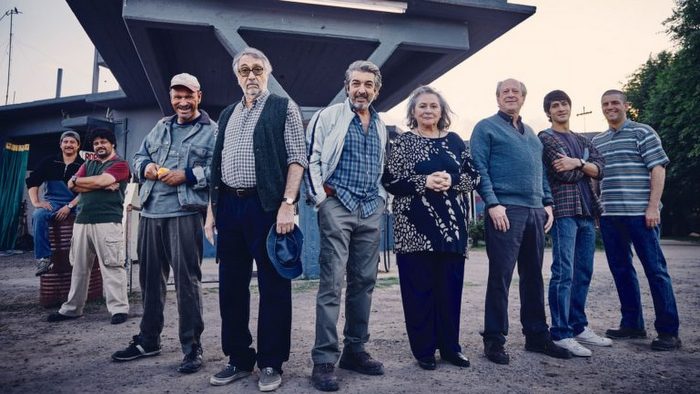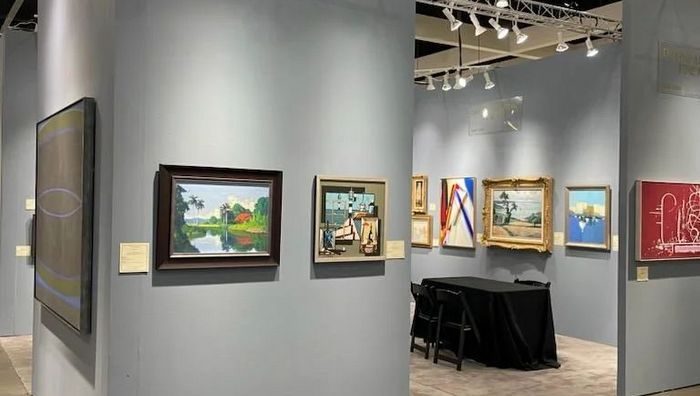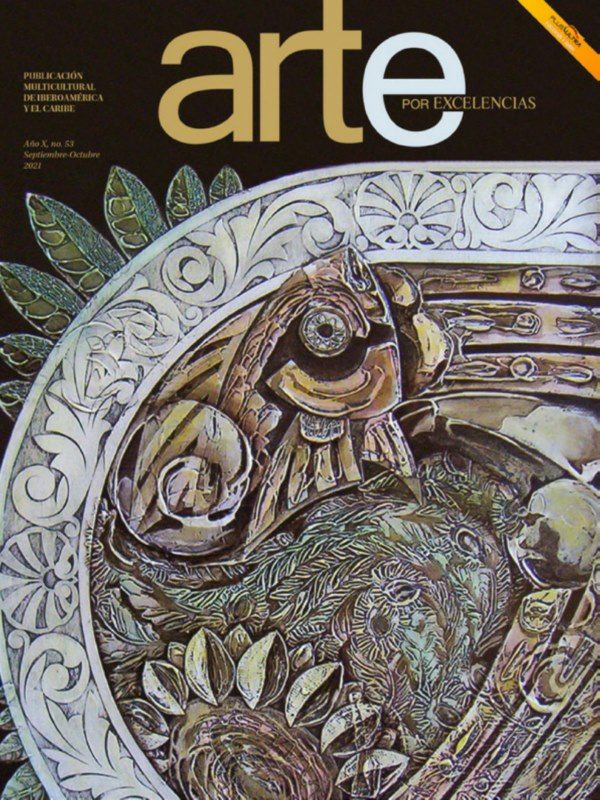With an effervescent Argentine comedy, “La odisea de los giles” (Sebastián Boresztein), the 41st edition of the International Festival of New Latin American Cinema officially began: a wonderful movie-going space. Every December, since 1979, filmmakers and audiences meet in Havana, a “Wonder City,” which this year celebrated its 500th anniversary.
At the height of that inaugural moment, Borensztein's film is part of the Rio La Plata film tradition alongside great titles such as “Esperando la carroza” (1985), “El hijo de la novia” (2001), “Un cuento chino” (2011) and “Relatos salvajes” (2014).
Ten days that shake Havana cinematographically are just enough but for a selective panning that sometimes falls into disappointments. However, works such as “Parasites” (Bong Joon-ho, Korea,) and “La Red Avispa” (Olivier Assayas, France-Brazil-Spain-Belgium) accompanied the Latin American hosts to complete a kaleidoscope of very diverse styles, poetics and stories, and to reaffirm why ours is the most inclusive film festival in the world.
Related Publications

How Harumi Yamaguchi invented the modern woman in Japan
March 16, 2022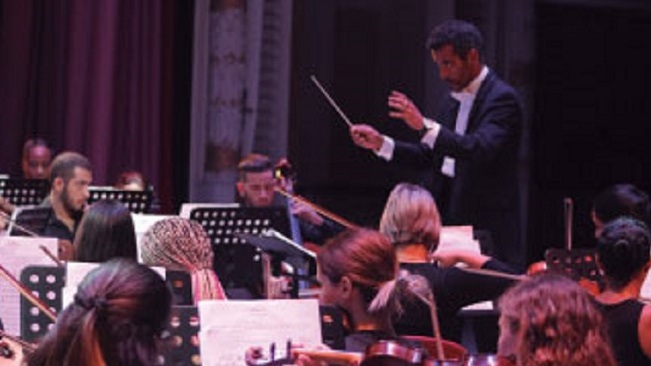
Giovanni Duarte and an orchestra capable of everything
August 26, 2020